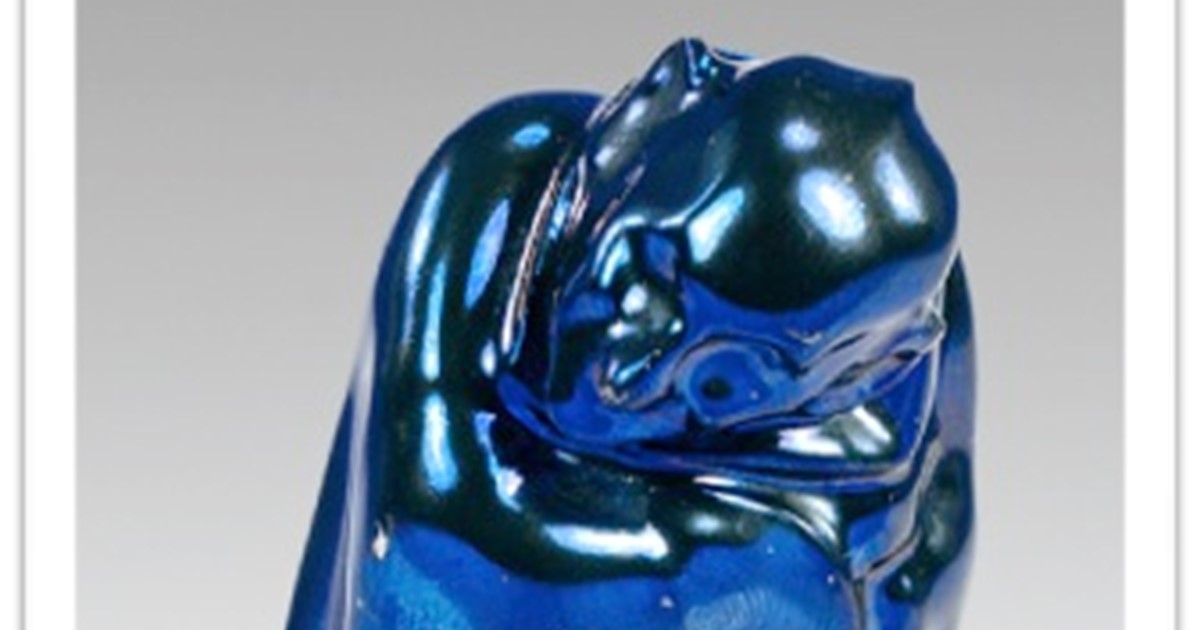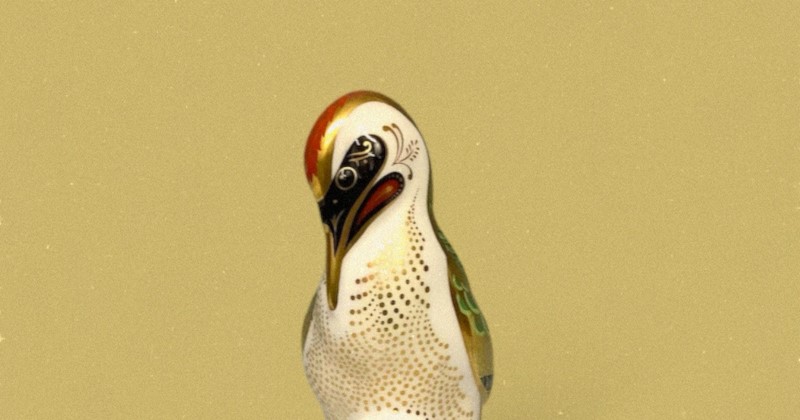A perennial favourite at the fortnightly general sales we have at Bamfords are the figurines made by the Royal Doulton factory. Of high glazed porcelain, very well painted and finely modelled these are favourites with collectors and have the advantage of being well catalogued.
Readers will probably not need reminding that Doulton’s was founded in the year the Duke of Wellington won the Battle of Waterloo by John Doulton and two partners at Lambeth, south London, making stoneware items. The name Doulton & Co came with the retirement of the last of Doulton’s partners in 1853. At about that time, too, Henry Doulton, the founder’s son, started a studio pottery, recruiting decorators from the celebrated and recently established Lambeth School of Art.
In 1871 Henry Doulton bought Bourne’s pottery at Nile Street, Burslem in Staffordshire, the firm becoming Doulton, Bourne & Doulton, a name I well recall seeing as a child painted in large letters on their warehouse that one could see on one’s left when travelling by train from Clapham Junction to Victoria in the 1950s. Soon Doulton had become popular for stoneware and ceramics, under the artistic direction of John Slater, who worked with figurines, vases, character jugs, and decorative pieces. In 1901 a Royal Warrant followed granted by Edward VII, hence the name of the firm changing to Royal Doulton. By this time, too it also diversified in to high quality bone china.
One of the firm’s designers, John Broad, modelled salt-glaze stoneware and terracotta figurines of royalty, military men, and classical-style maidens in the late 19th century, which marked the beginning of such items from the factory, although these early products are now extremely rare.. In the early 1900s, he produced figurines honouring current events such as the Boer War, the death of Queen Victoria, and Lord Nelson’s centennial. Broad and his colleague Mark Marshall also produced some stylish fair ladies in white bisque, true prototypes of today’s figurines.
In 1909, head modeller Charles Noke (an ex-Worcester man) put out a request for well-known sculptors to submit pieces that could be adapted to smaller bone-china figurines. The line was launched in 1913, when King George and Queen Mary toured the Burslem studio. The queen was particularly taken with a figure of a small boy in pyjamas modelled by Charles Vyse, prompting her to exclaim, ‘Isn’t he a darling!’
Harry Nixon (1886-1955) was head of the factory’s painting department when the first figurines were made in 1912-1913, and the figurines produced by the factory’s modellers were thus given numbers (starting at 1, unlike clockmakers, who tended to start at 1001, in order to look as though their businesses were long established and flourishing) and prefixed HN. These numbers are therefore a pretty good guide to date, and can be used to identify a figurine, too.
The first modellers were Charles Vyse, Phoebe Stabler Charles Noke and George Lambert; the very first numbered figurine was none other than Queen Mary’s Darling, which remained in production until 1928. The second was a named figure in the shape of prison reform advocate Elizabeth Fry, also made in 1913, and which continued almost until the Second World War, and variations in colouration occurred to excite collectors from the outset. In all, twelve figurines were inaugurated in 1913, some being revived decades later.
The number sequence had reached HN1000 by around 1930 and the 1900s by the outbreak of the Second War. Vyse’s Darling was revived at the end of the war and endured until 1997. By about 1950 the number sequence had reached HN2000. HN4000 took the sequence to 1998 and production continues, with HN6000 looming.
Most of the figurines are relatively easy to find and retail at auction in the £50-80 bracket with others in the £120-130 area. Yet real rarities can push prices up spectacularly. The classic was when my colleague (and Bamford’s co-founder) James Lewis was doing an episode of Flog it! for the BBC. A couple had bought a Royal Doulton figure called Spook at a car boot sale in Stockport for £2. James felt it was really rather rare, especially as the figure, bore a number for 1922. The Lancashire auctioneer, John Cook, agreed and thought its blue glaze was both experimental and unique. To most people’s astonishment, therefore, the hammer fell at £4,250. The episode rather sums up the pottery’s habit of mass-producing items and then tantalisingly making just one - or a few - of others which, needless to say, guarantees real rarities.
Collectors’ interest revived in the 1980s, a club was established in 1989 and, although the market for these figurines has gone down quite a bit currently, these are still not only highly decorative, but widely collected.



